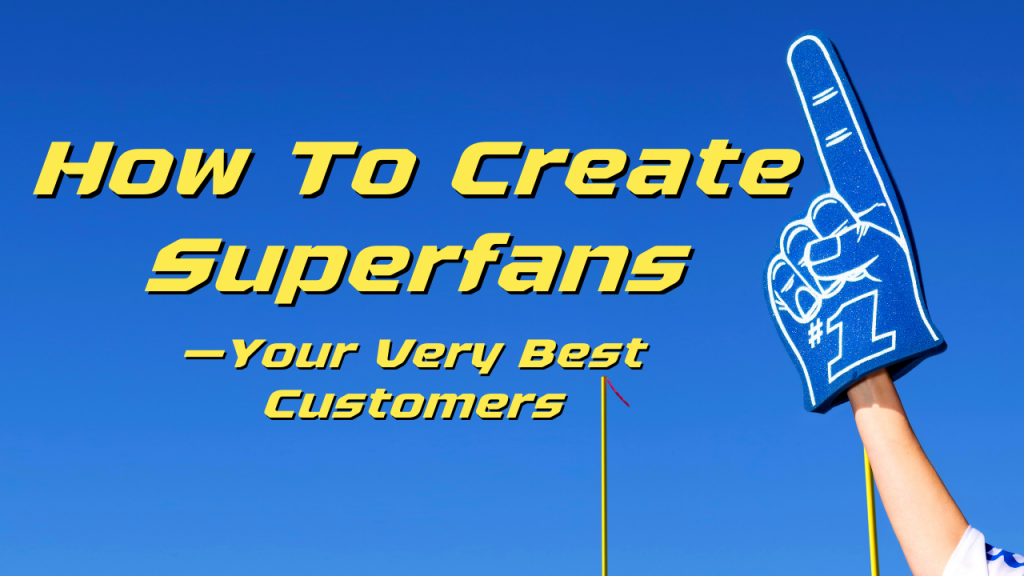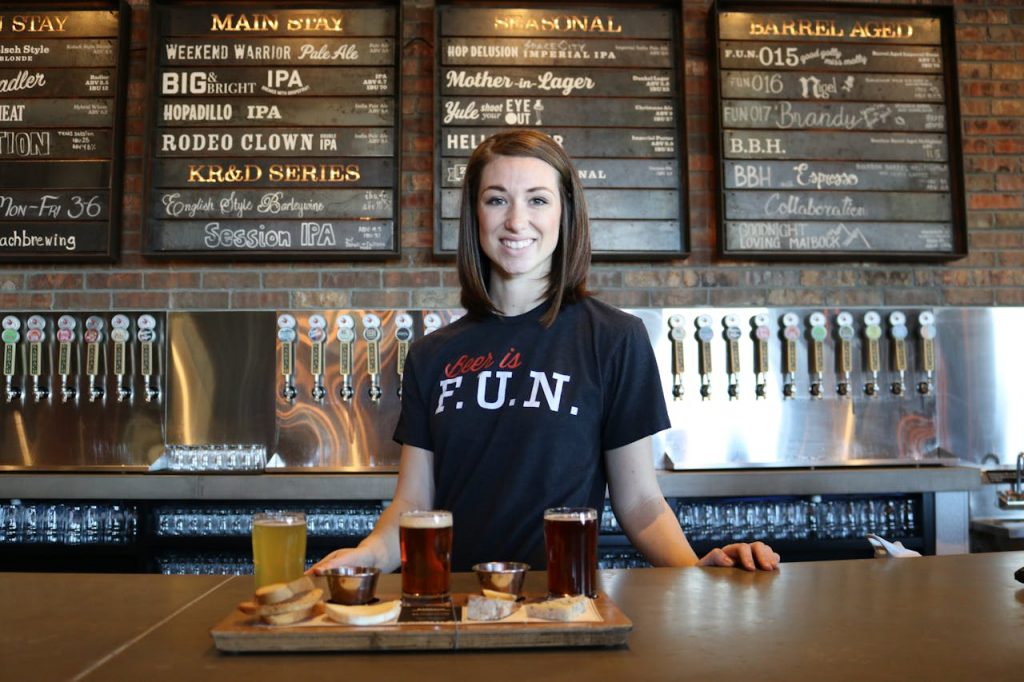
GUEST POST from Greg Satell
Ever since Eric Reis published his bestselling book, The Lean Startup, the idea of a minimum viable product (MVP) has captured the imagination of entrepreneurs and product developers everywhere. The idea of testing products faster and cheaper has an intuitive logic that simply can’t be denied.
Yet what is often missed is that a minimum viable product isn’t merely a stripped down version of a prototype. It is a method to test assumptions and that’s something very different. A single product often has multiple MVPs, because any product development effort is based on multiple assumptions.
Developing an MVP isn’t just about moving faster and cheaper, but also minimizing risk. In order to test assumptions, you first need to identify them and that’s a soul searching process. You have to take a hard look at what you believe, why you believe it and how those ideas can be evaluated. Essentially, MVP’s work because they force you to do the hard thinking early.
Every Idea Has Assumptions Built In
In 1990, Nick Swinmurn had an idea for a business. He intended to create a website to sell shoes much like Amazon did for books. This was at the height of the dotcom mania, when sites were popping up to sell everything from fashion to pet food to groceries, so the idea itself wasn’t all that original or unusual.
What Swinmurn did next, however, was. Rather than just assuming that people would be willing to buy shoes online or conducting expensive marketing research, he built a very basic site, went to a shoe store and took pictures of shoes, which he placed on the site. When he got an order, he bought the shoes retail and shipped them out. He lost money on every sale.
That’s a terrible way to run a business, but a great — and incredibly cheap — way to to test a business idea. Once he knew that people were willing to buy shoes online, he began to build all the elements of a fully functioning business. Ten years later, the company he created, Zappos was acquired by Amazon for $1.2 billion.
Notice how he didn’t just assume that his business idea was viable. He tested it and validated it. He also learned other things, such as what styles were most popular. Later, Zappos expanded to include handbags, eyewear, clothing, watches, and kids’ merchandise.
The Cautionary Tale Of Google Glass
Now compare how Swinmurn launched his business with Google’s Glass debacle. Instead of starting with an MVP, it announced a full-fledged prototype complete with a snazzy video. Through augmented reality projected onto the lenses, users could seamlessly navigate an urban landscape, send and receive messages and take photos and videos. It generated a lot of excitement and seemed like a revolutionary new way to interact with technology.
Yet criticism quickly erupted. Many were horrified that hordes of wandering techno-hipsters could be surreptitiously recording us. Others had safety concerns about everything from people being distracted while driving to the devices being vulnerable to hacking. Soon there was a brewing revolt against “Google Glassholes.”
Situations like the Google Glass launch are startlingly common. In fact, the vast majority of new product launches fail because there’s no real way to know whether you have the right product-market fit customers actually get a chance to interact with the product. Unfortunately, most product development efforts start by seeking out the largest addressable market. That’s almost always a mistake.
If you are truly creating something new and different, you want to build for the few and not the many. That’s the mistake that Google made with its Glass prototype.
Identifying A Hair On Fire Use Case
The alternative to trying to address the largest addressable market is to identify a hair-on-fire use case. The idea is to find a potential customer that needs to solve a problem so badly that they almost literally have their hair on fire. These customers will be more willing to co-create with you and more likely to put up with the inevitable bugs and glitches that always come up.
For example, Tesla didn’t start out by trying to build an electric car for the masses. Instead, it created a $100,000 status symbol for Silicon Valley millionaires. Because these customers could afford multiple cars, range wasn’t as much of a concern. The high price tag also made a larger battery more feasible. The original Tesla Roadster had a range of 244 miles.
The Silicon Valley set were customers with their hair on fire. They wanted to be seen as stylish and eco-friendly, so were willing to put up with the inevitable limitations of electric cars. They didn’t have to depend on them for their commute or to pick the kids up at soccer practice. As long as the car was cool enough, they would buy it.
Interestingly, Google Glass made a comeback as an industrial product and had a nice run from 2019 to 2023 before they went away for good. For hipsters, an augmented reality product is far from a necessity, but a business that needs to improve productivity can be a true “hair-on-fire” use case. As the product improves and gains traction, it’s entirely possible that it eventually makes its way back to the consumer market in some form.
Using An MVP To Pursue A Grand Challenge
One of the criticisms of minimum viable products is that they are only suited for simple products and tweaks, rather than truly ambitious projects. Nothing could be further from the truth. The reality is that the higher your ambitions, the more important it is for you to start with a minimum viable product.
IBM is one company that has a long history of pursuing grand challenges such as the Deep Blue project which defeated world champion Garry Kasparov at chess and the Blue Gene project which created a new class of “massively parallel” supercomputers. More recently were the Jeopardy grand challenge, which led to the development of its current Watson business and the Debater project.
Notice that none of these were fully featured products. Rather they were attempts to, as IBM’s Chief Innovation Officer, Bernie Meyerson, put it to me, invent something that “even experts in the field, regard as an epiphany and changes assumptions about what’s possible.” That would be hard to do if you were trying to create a full featured product for a demanding customer.
That’s the advantage of creating an MVP. It essentially acts as a research lab where you can safely test hypotheses and eliminate sources of uncertainty. Once you’ve done that, you can get started trying to build a real business.
— Article courtesy of the Digital Tonto blog
— Image credit: Pixabay
![]() Sign up here to join 17,000+ leaders getting Human-Centered Change & Innovation Weekly delivered to their inbox every week.
Sign up here to join 17,000+ leaders getting Human-Centered Change & Innovation Weekly delivered to their inbox every week.








